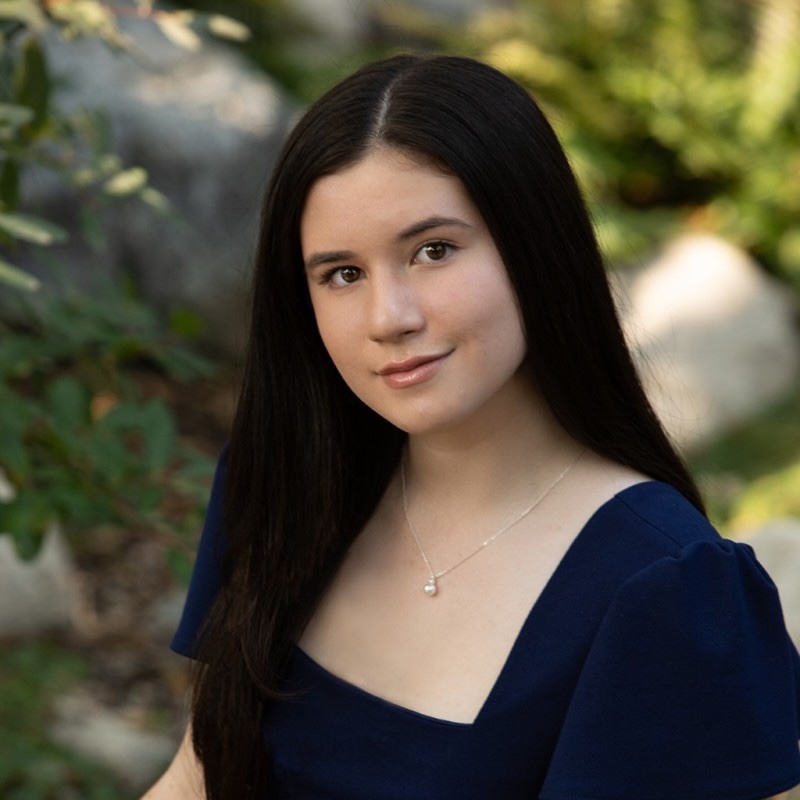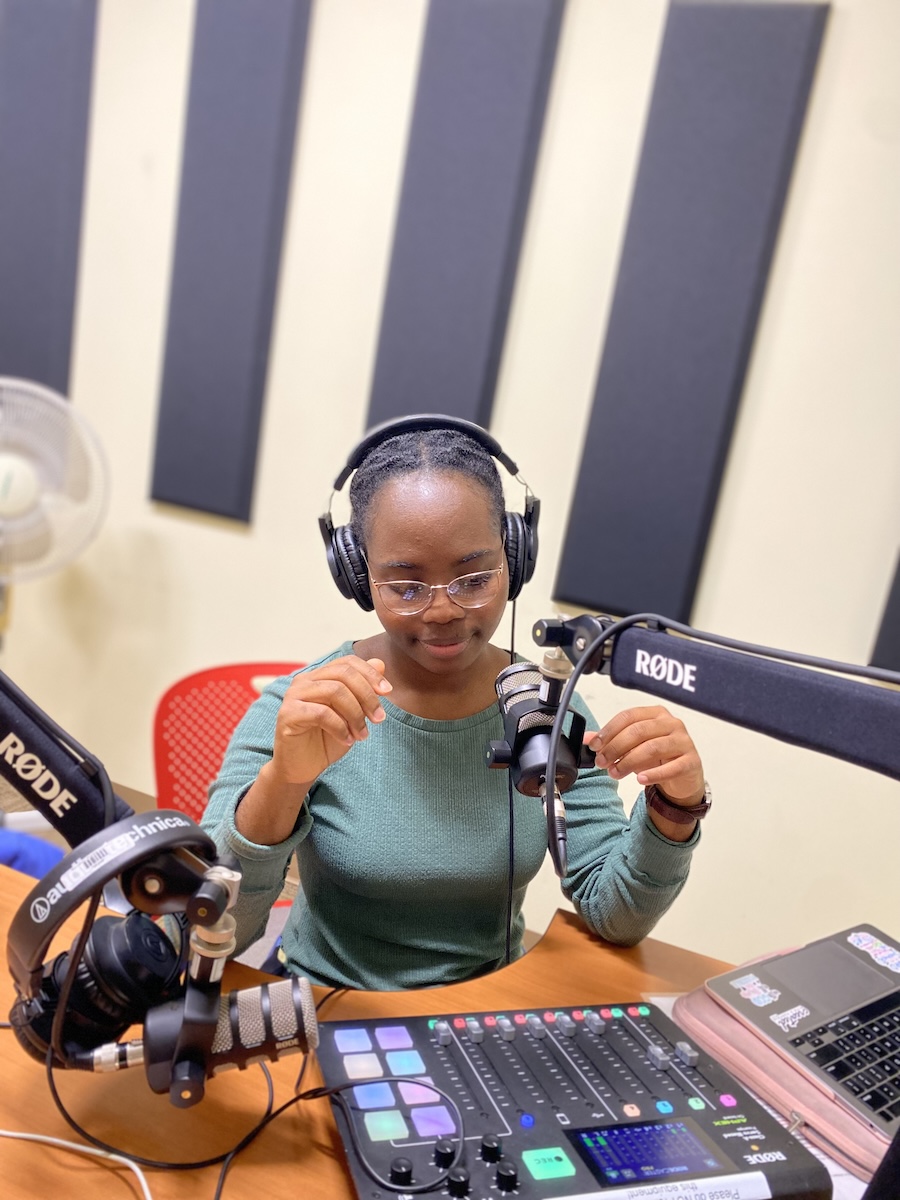A Summer Spent Sifting Through Peary Artifacts on Eagle Island
By Rebecca GoldfineWhile the work is deliberate, the setting is dramatic. From every open window of Robert Peary’s bluff-side cottage on Eagle Island, you can hear seabirds crying and the tide pulling in and out over the beach or crashing onto rocks. All around the shingled house — one of just three structures on the 17-acre island — are panoramic views of Casco Bay.
Peary made his fame by reaching North Pole in 1909, an accomplishment that has been disputed. He bought the small almond-shaped island off the end of the Harpswell peninsula in 1881, four years after graduating from Bowdoin, and he built a family home there in 1904.
The house, darkly paneled in wood, looks much as it did when Peary and his family — and then his descendants — summered there. In 1967, family members donated the cottage to the state.
The two students have a great deal to discover and catalogue the antique home. The vintage kitchen still has a wash basin and washboard, cast-iron cooking stove, and a hand pump over the sink. Medicine bottles, including a mysterious mercury compound, line a cabinet shelf in a bedroom, and seed packets in a living room bookcase still wait to be planted.
Some of the items Peary took on his Arctic expeditions are also in the house, including an “old and brittle chest” and a pianola, according to Vemulapalli and Williams.
Don't worry, we thought it was #magic too.
— ArcticMuseum (@arcticmuseum) August 1, 2017
To find out how #RobertPeary's pianola actually works check this out: https://t.co/eBzQ9Rac27 pic.twitter.com/cdExMA8Loe
Throughout the home are island treasures collected by Peary — objects such as bird eggs (and birds he stuffed) and shells. In the children’s schoolroom are magazines and books about geography and natural history. “I think that was a big part of their learning,” said Williams, referring to Peary’s two children by wife Josephine. She added that she and Vemulapalli have had to learn to identify guillemots, eider ducks, and a Brant goose, as well as figure out a number of curious artifacts whose use has not been immediately obvious.
The students’ work this summer is funded through a grant from the Kane Lodge Foundation, Inc., which Susan Kaplan received to help the state take care of the old home. Kaplan, the director of the Peary-MacMillan Arctic Museum and Arctic Studies Center at Bowdoin, said this is the first time Bowdoin’s Arctic Museum and Maine’s Bureau of Parks and Lands have collaborated on a project of this magnitude. The students have catalogued, photographed, and described over 1,000 items.
Vemulapalli and Williams are both interested in Arctic studies, and have taken a class with Kaplan on contemporary Arctic issues. Vemulapalli is a environmental studies and government double major; Williams is a sociology major and biology minor. Both were involved in Bowdoin’s Arctic Council activities last fall.
Vemulapalli explained that when he first heard about the inventorying job, he thought it “sounded like a great opportunity to see what Robert Peary, the explorer, was like.” And the job itself, he added, has been rewarding “because it is Robert Peary’s old summer home and actually being there, in a historical location, has been pretty awesome.”
Williams said that one of the best parts of the summer for her “has been learning about the women who were part of Peary’s life, Josephine [his wife] and Marie [his daughter], who both went to with him to the Arctic, but who were also at home doing human things, like paying the oil bill. Peary gets all the glory, but his whole family was part of the Arctic exploration he did.”



